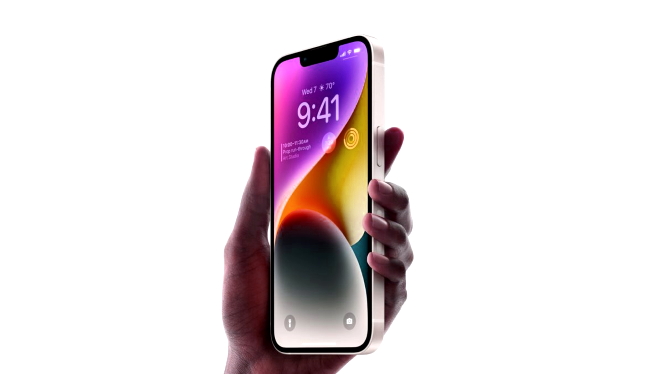TECH NEWS – The Cupertino company, which didn’t finally release the budget phone as iPhone SE4, has “cut” the iPhone 16 on several points.
In the case of the rear cameras, we already knew that the iPhone 16e is a far cry from even the base model, but there are a few other changes. For example, Apple has ditched MagSafe technology, and there’s no fingerprint scanner on the rear logo, so we’ll have to rely on Face ID technology for identification. Dynamic Island isn’t part of the device either, but Apple has made other changes to bring down the price (which has still jumped significantly to $600 from the $430 price of the 2022 iPhone SE3).
While it’s true that the iPhone 16e has the same A18 chip as the base model or iPhone 16 Plus, there’s one less GPU core in the budget device. There are only four cores instead of five (and six in the iPhone 16 Pro/Pro Max pair). Apple is using binned chips in the device. This means that there may be a faulty core that Apple has either disabled or removed, while the others are working perfectly to deliver adequate performance and efficiency.
On paper, fewer cores may result in slower graphics performance, but because of Apple’s optimizations, it may not be a noticeable negative in average everyday use… until you’re playing. And when you do, it will be noticeable, and if you’re editing video on the phone, ditto. Keep in mind, though, that the number of CPU cores is the same in all A18 chips, so you can’t complain about processing power. (But 8 GB of RAM is in the long run; other phones have more!)
The Apple iPhone 16e has a 6.1″ (~15.5 cm) OLED, Super Retina XDR display with a resolution of 2532×1170, a pixel density of 460 ppi and HDR support, but at 60 Hz. The low-cost model has the hardware capabilities to support the company’s artificial intelligence, Apple Intelligence.
Source: WCCFTech
















Leave a Reply